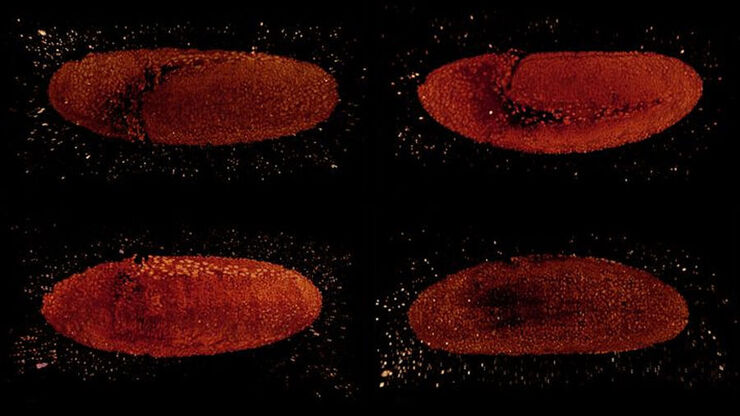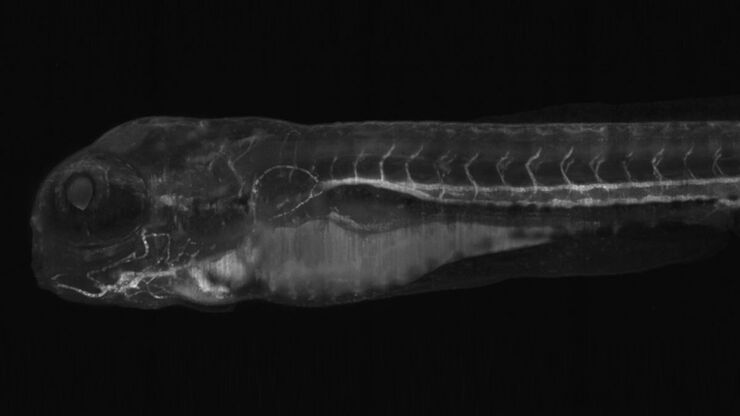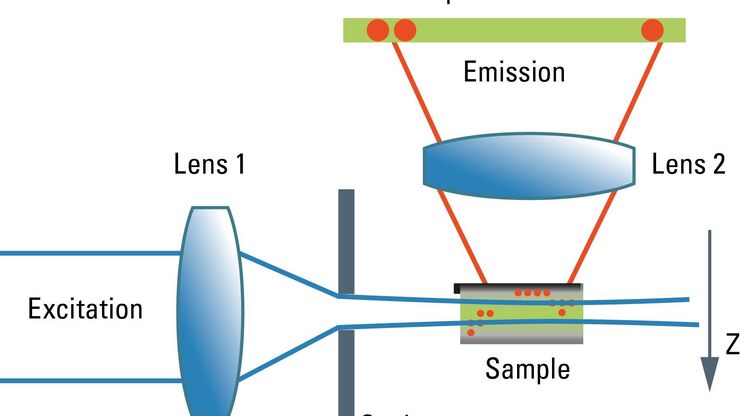Petra Haas , Dr.

Dr. Petra Haas studied Biology at the University of Heidelberg and the University of Massachusetts. In 2003, she moved to the Max-Planck Institute for Developmental Biology in Tübingen to study collective migration in the Zebrafish lateral line. She finished her PhD in 2007 at EMBL in Heidelberg and continued working on fish development, now using Medaka as a model organism. After one year as Technical Support Specialist at Thermo Fisher Scientific, she joined Leica Microsystems in 2012 as Product Manager for Confocal Software and the Digital LightSheet (DLS).
![3D glomeruli in a portion of an ECi-cleared kidney scanned by light sheet microscopy. Courtesy of Prof. Norbert Gretz, Medical Faculty Mannheim, University of Heidelberg [1]. 3D glomeruli in a portion of an ECi-cleared kidney scanned by light sheet microscopy. Courtesy of Prof. Norbert Gretz, Medical Faculty Mannheim, University of Heidelberg [1].](/fileadmin/_processed_/d/d/csm_DLS-Sample-Preparation-Intr_915e0fd7c2.jpg)



